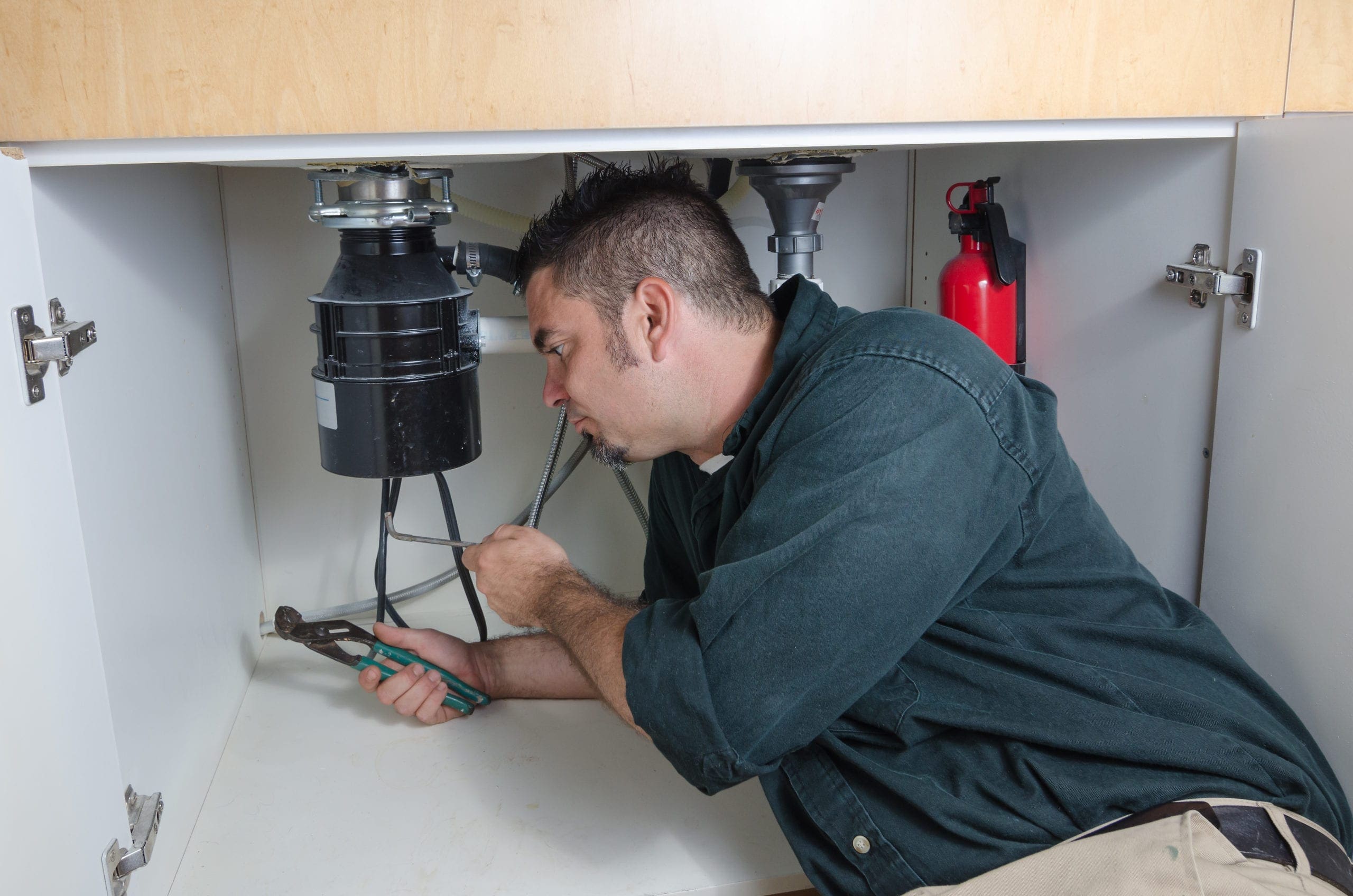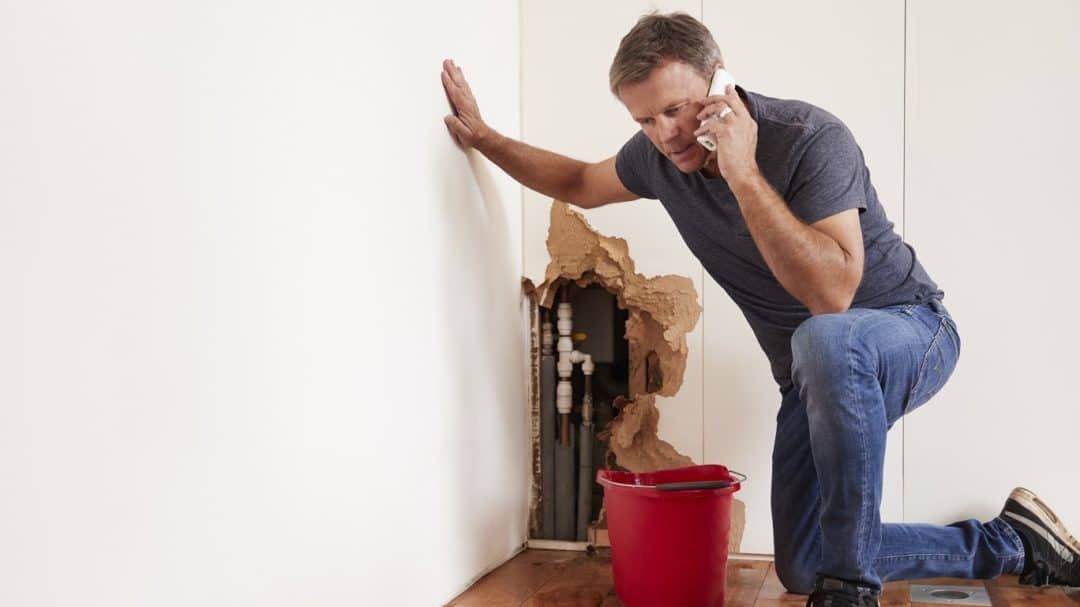When Home Appliances Go Awry: Common Problems That Need a Plumbing Professional's Expertise
When Home Appliances Go Awry: Common Problems That Need a Plumbing Professional's Expertise
Blog Article
We have come across this article relating to Why Your Water Pipes Are Noisy and How To Shut Them Up below on the net and felt it made perfect sense to talk about it with you on my blog.

To detect noisy plumbing, it is necessary to identify initial whether the unwanted audios happen on the system's inlet side-in various other words, when water is turned on-or on the drainpipe side. Noises on the inlet side have differed causes: too much water pressure, used valve as well as faucet components, improperly linked pumps or various other home appliances, incorrectly put pipeline fasteners, and also plumbing runs including way too many tight bends or various other restrictions. Sounds on the drainpipe side typically originate from poor place or, similar to some inlet side noise, a design having tight bends.
Hissing
Hissing sound that takes place when a faucet is opened somewhat usually signals excessive water stress. Consult your neighborhood water company if you presume this trouble; it will be able to inform you the water stress in your area as well as can mount a pressurereducing valve on the incoming water system pipeline if necessary.
Thudding
Thudding noise, typically accompanied by trembling pipelines, when a tap or device shutoff is turned off is a condition called water hammer. The noise and vibration are triggered by the reverberating wave of pressure in the water, which unexpectedly has no location to go. Often opening up a shutoff that releases water promptly right into an area of piping having a constraint, arm joint, or tee fitting can create the exact same condition.
Water hammer can typically be treated by setting up fittings called air chambers or shock absorbers in the plumbing to which the issue valves or taps are linked. These gadgets enable the shock wave produced by the halted flow of water to dissipate in the air they contain, which (unlike water) is compressible.
Older plumbing systems may have short upright areas of capped pipeline behind wall surfaces on faucet runs for the same purpose; these can eventually loaded with water, lowering or damaging their performance. The remedy is to drain the water system completely by shutting down the primary supply of water valve and opening up all faucets. Then open up the major supply shutoff as well as close the taps individually, beginning with the faucet nearest the valve and also finishing with the one farthest away.
Chattering or Shrieking
Intense chattering or shrilling that takes place when a valve or faucet is activated, which typically disappears when the installation is opened totally, signals loose or defective inner components. The service is to change the shutoff or faucet with a new one.
Pumps and also home appliances such as washing equipments as well as dishwashers can move electric motor noise to pipelines if they are incorrectly connected. Connect such products to plumbing with plastic or rubber hoses-never rigid pipe-to isolate them.
Various Other Inlet Side Noises
Creaking, squeaking, damaging, snapping, and also touching typically are brought on by the growth or contraction of pipelines, typically copper ones providing hot water. The sounds take place as the pipes slide versus loose bolts or strike close-by house framework. You can frequently determine the place of the trouble if the pipes are revealed; just follow the noise when the pipes are making sounds. Most likely you will certainly discover a loosened pipe wall mount or an area where pipelines exist so near to flooring joists or other framing items that they clatter against them. Affixing foam pipe insulation around the pipes at the point of get in touch with ought to treat the issue. Be sure bands and wall mounts are protected and supply adequate assistance. Where possible, pipeline fasteners need to be connected to massive architectural elements such as structure walls rather than to framing; doing so minimizes the transmission of vibrations from plumbing to surface areas that can amplify as well as transfer them. If connecting fasteners to framework is inescapable, wrap pipelines with insulation or other durable product where they speak to fasteners, as well as sandwich completions of brand-new fasteners between rubber washing machines when mounting them.
Fixing plumbing runs that struggle with flow-restricting limited or countless bends is a last resort that ought to be taken on only after speaking with a proficient plumbing service provider. Unfortunately, this situation is fairly typical in older houses that may not have actually been constructed with interior plumbing or that have seen several remodels, particularly by novices.
Drain Sound
On the drainpipe side of plumbing, the chief goals are to eliminate surfaces that can be struck by dropping or hurrying water and also to shield pipelines to consist of inescapable audios.
In brand-new construction, bathtubs, shower stalls, toilets, as well as wallmounted sinks as well as containers must be set on or versus resistant underlayments to lower the transmission of audio via them. Water-saving toilets and faucets are less noisy than conventional models; install them instead of older types even if codes in your area still permit using older fixtures.
Drainpipes that do not run vertically to the basement or that branch right into straight pipeline runs supported at floor joists or other mounting existing specifically frustrating sound problems. Such pipes are large enough to radiate considerable vibration; they likewise bring substantial quantities of water, that makes the scenario even worse. In brand-new building and construction, define cast-iron dirt pipelines (the huge pipelines that drain pipes commodes) if you can manage them. Their enormity has a lot of the sound made by water travelling through them. Additionally, stay clear of transmitting drains in wall surfaces shown to rooms and also areas where individuals collect. Walls including drainpipes ought to be soundproofed as was described earlier, using double panels of sound-insulating fiber board and also wallboard. Pipes themselves can be wrapped with unique fiberglass insulation created the function; such pipes have a resistant plastic skin (often including lead). Results are not constantly satisfying.
3 Most Common Reasons for Noisy Water Pipes
Water hammer
When water is running and is then suddenly turned off, the rushing liquid has no place to go and slams against the shut-off valve. The loud, thudding sound that follows is known as a water hammer. Besides being alarming, water hammer can potentially damage joints and connections in the water pipe itself. There are two primary methods of addressing this issue.
Check your air chamber. An air chamber is essentially a vertical pipe located near your faucet, often in the wall cavity that holds the plumbing connected to your sink or tub. The chamber is filled with air that compresses and absorbs the shock of the fast moving water when it suddenly stops. Unfortunately, over time air chambers tend to fill with water and lose their effectiveness. To replenish the air chambers in your house you can do the following. Turn off the water supply to your house at the main supply (or street level). Open your faucets to drain all of the water from your plumbing system. Turn the water back on. The incoming water will flush the air out of the pipes but not out of the vertical air chamber, where the air supply has been restored. Copper pipes
Copper pipes tend to expand as hot water passes through and transfers some of its heat to them. (Copper is both malleable and ductile.) In tight quarters, copper hot-water lines can expand and then noisily rub against your home's hidden structural features — studs, joists, support brackets, etc. — as it contracts.
One possible solution to this problem is to slightly lower the temperature setting on your hot water heater. In all but the most extreme cases, expanding and contracting copper pipes will not spring a leak. Unless you’re remodeling, there's no reason to remove sheetrock and insert foam padding around your copper pipes.
Water pressure that’s too high
If your water pressure is too high, it can also cause noisy water pipes. Worse, high water pressure can damage water-supplied appliances, such as your washing machine and dishwasher.
Most modern homes are equipped with a pressure regulator that's mounted where the water supply enters the house. If your home lacks a regulator, consider having one professionally installed. Finally, remember that most plumbers recommend that water is delivered throughout your home at no lower than 40 and no greater than 80 psi (pounds per square inch).
Whatever the state of your plumbing, one thing is certain — you’re eventually going to encounter repair and replacement issues around your home that require professional help. That’s where American Home Shield can come to your aid.
https://www.ahs.com/home-matters/repair-maintenance/causes-of-noisy-water-pipes/

Do you appreciate reading about Why Do My Plumbing Pipes Make A Knocking Noise? Create a remark down below. We would be pleased to find out your ideas about this write up. Hoping to see you back again later on. Please take a moment to distribute this article if you liked it. We enjoy reading our article about Why is My Home Making Strange Plumbing Noises.
Call Us Now Report this page